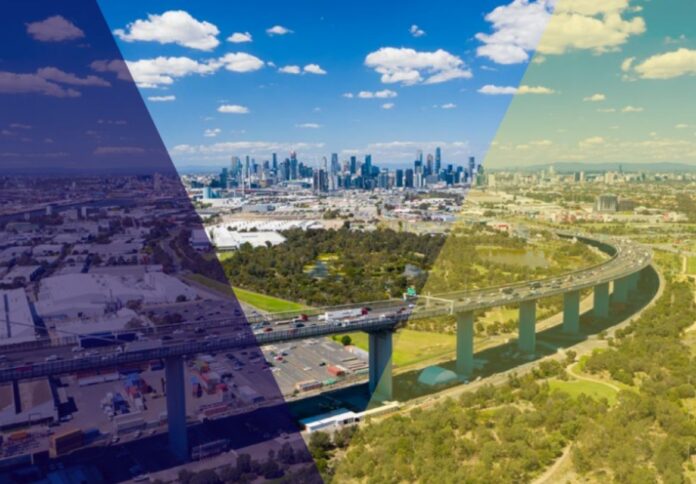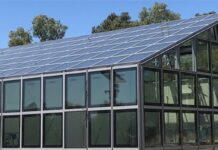
The state of Victoria has successfully cleared its 2020 emission reduction targets, which is part of its journey to achieve net zero while keeping residential power bills down.
According to the Victorian Greenhouse Gas Emissions Report 2020, the state’s emissions fell to approximately 30 per cent below 2005 levels in 2020, almost doubling the target of a 15 to 20 per cent reduction.
Minister for Energy Lily D’Ambrosio, who presented the report today, said Victoria’s nation-leading investment in renewable energy has contributed significantly to smashing the 2020 emissions target. “And we’re well on the way to reducing emissions by 50 per cent by 2030,” she added.
Victoria’s emissions dropped by nearly 6 per cent between 2019 and 2020, with the largest drops being in the electricity sector, with 2.2 million tonnes of emissions reduced, and transportation, with 1.9 million tonnes.
“It’s only the Labor Government that has a track record of delivering on climate change – slashing emissions while driving down the cost of living for Victorian families,” D’Ambrosio said.
Households and entities in the commercial services and manufacturing sectors are responsible for most of Victoria’s greenhouse gas emissions, according to the Department of Environment, Land, Water, and Planning.
Victoria ranked third among the states with the lowest emissions in 2020, lining up after Tasmania and the Australian Capital Territory.
Renewable energy showed an uptick of 22 to 25 per cent of Victoria’s electricity consumption between 2019 and 2020.
Furthermore, the state’s share of energy generation hit a new record level of 34 per cent renewables in the 2021 to 2022 financial year.
In a statement, the Victorian government said it will set an interim 2035 emissions reduction target following the advice of an independent expert panel announced as required by the Climate Change Act.
The Government also announced its goal to halve Victoria’s emissions by 2030 in the Climate Change Strategy – putting Victoria alongside international climate leaders like the European Union and the United States.




















